Institutional Fiber Network Enhances Town Operations Across Plainville, Connecticut
After working over a year to obtain licenses to deploy fiber across town, by this time next week the central Connecticut town of Plainville, home to approximately 17,500 residents, will begin construction of a municipal fiber network. When finished, the network will connect all town offices, public education facilities, public safety services, and wastewater treatment facilities.
Over a decade after high-speed fiber connections linking the town’s municipal center and a local high school to the statewide Nutmeg Network were first established in Plainville, multiple municipal buildings throughout town still lacked reliable broadband connections, and some had not been connected to the Internet at all.
With locally-based construction firm Sertex set to begin laying fiber for the townwide institutional network (I-Net) next week, which will include “12.5 miles of aerial cabling and three underground spans running beneath major highways,” that’s all about to change for the relatively dense, 10-square-mile community, reports Sertex.



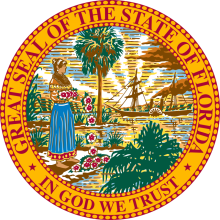
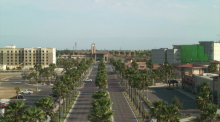



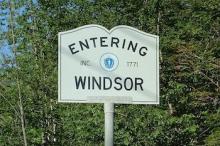


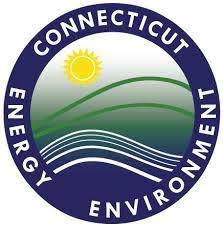 In addition to using restrictive pole attachment agreements, incumbents were exploiting the lack of definition in the statute to slow make-ready work, question who pays for make-ready work, and generally delay municipal projects. Time is money and losing momentum can drive up the cost of of a project, which in turn erodes a community's will to see it realized.
In addition to using restrictive pole attachment agreements, incumbents were exploiting the lack of definition in the statute to slow make-ready work, question who pays for make-ready work, and generally delay municipal projects. Time is money and losing momentum can drive up the cost of of a project, which in turn erodes a community's will to see it realized.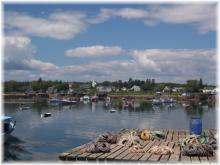
 Organized in 2015, the nonprofit DEDC came together with the focus on recruiting new businesses to the area and to support existing businesses. As DEDC quickly discovered, unless the region could offer high-speed, reliable Internet infrastructure, attracting new businesses and helping existing businesses expand would be extremely difficult. They also determined that new families would not be interested in Baileyville or Calais without high-quality connectivity. "It was a no-brainer," says Julie, "you have to go fiber."
Organized in 2015, the nonprofit DEDC came together with the focus on recruiting new businesses to the area and to support existing businesses. As DEDC quickly discovered, unless the region could offer high-speed, reliable Internet infrastructure, attracting new businesses and helping existing businesses expand would be extremely difficult. They also determined that new families would not be interested in Baileyville or Calais without high-quality connectivity. "It was a no-brainer," says Julie, "you have to go fiber."